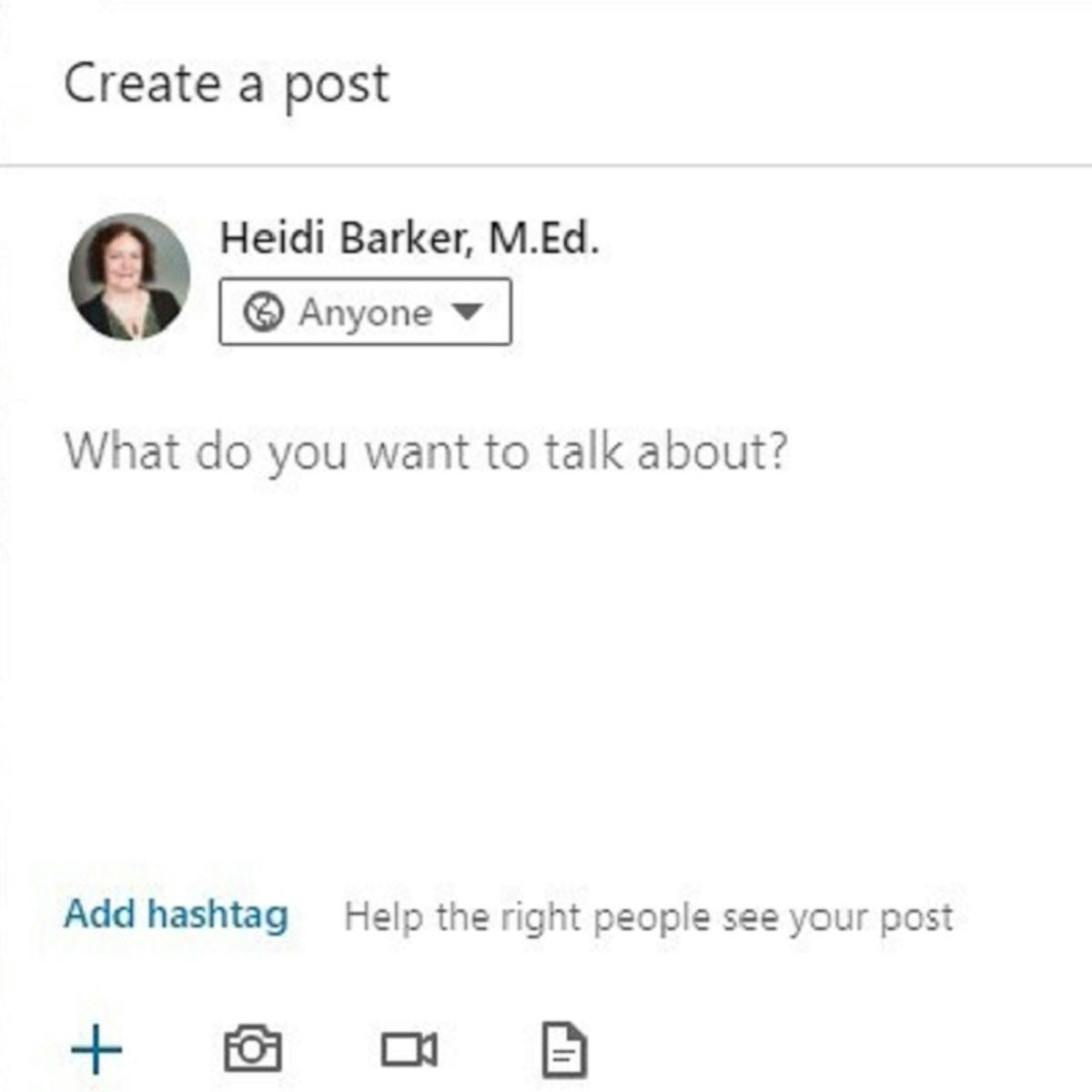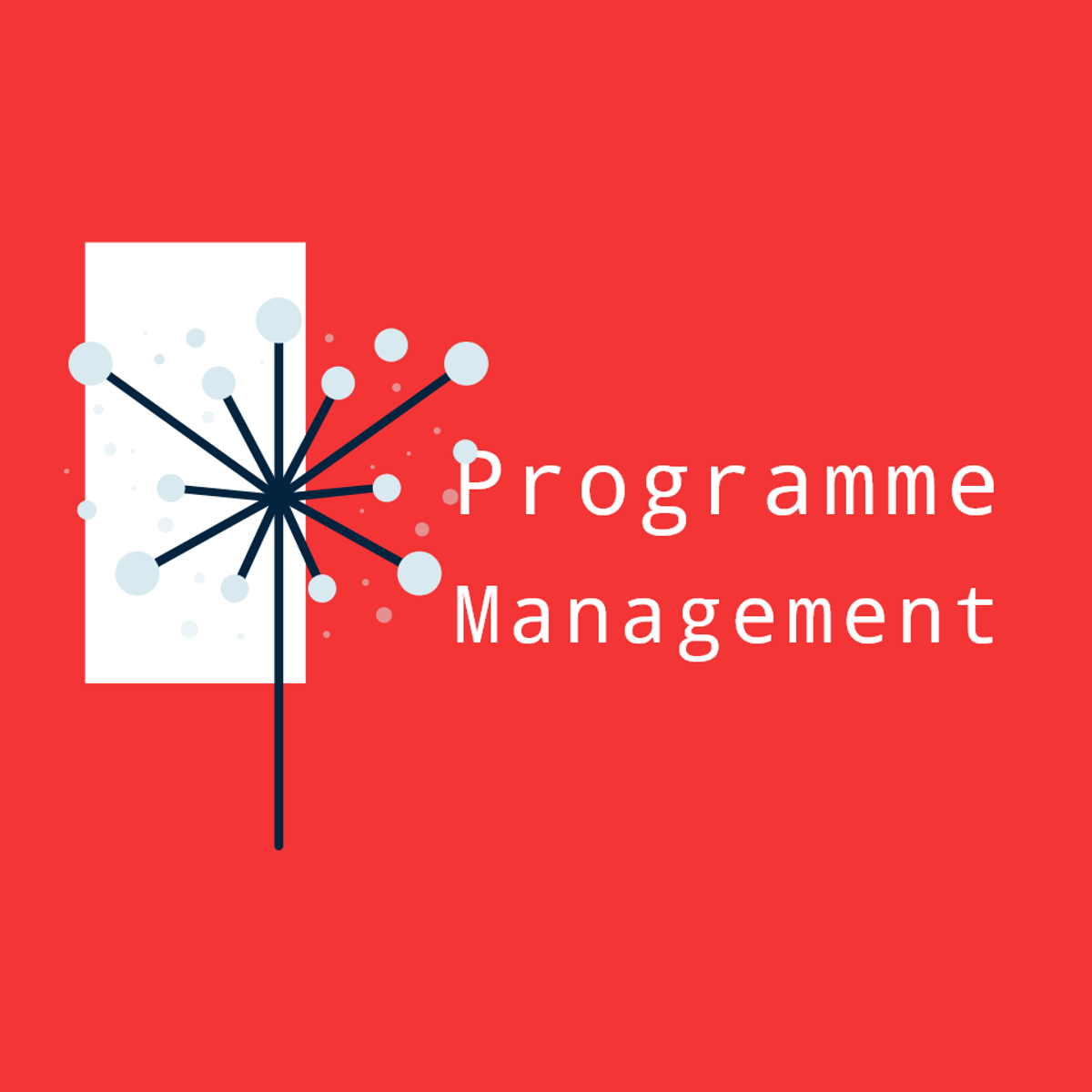Back to Courses









Business Strategy Courses - Page 12
Showing results 111-120 of 543

Introduction to Multinational and Cross-Cultural Teams
Do you (or do you want to) work on a multinational team? Do you want to become a manager or improve your current management style to get better results? Are you unsure if culture is impacting your ability to communicate and collaborate? If you answered yes to any of these questions, then this course – and its associated specialization – is for you! We have entered an era where multinational and cross-cultural teams are now the norm. As a result, it is nearly impossible to conduct business without interacting with people from places far from home. In order to be an effective manager, one must understand the challenges that arise because of culture, how to navigate them, and, most importantly, turn them into opportunities for success. Thankfully, this is not new. We all have a culture that is unique to ourselves and we have all been part of a team with people different than ourselves. The secret truth is that this has always been an essential tool. We are lucky that now we have incentive to examine it and build the skills to use it. So if you’re ready to learn all about how to be a more effective and valued manager of multinational teams, join us and fill your cross-cultural toolbox!

Analyzing the Internal/External Competitive Profile Matrix
By the end of this guided project, you will be able to use the Internal/External Competitive Profile Matrix to analyze your industry and identify opportunities to create a competitive advantage for your company. The Matrix is a strategic management tool that enables you to benchmark you company in relation to competition and then identify the relative strengths and weaknesses of all the competitors based on external and internal factors. The Internal/External Competitive Profile Matrix was developed to address the limitations on the traditional Competitive Profile Matrix. Weaknesses such as subjective assigning of weight and raking. Therefore, the External/Internal Competitive Profile Matrix allows uniform weight, and force raking to provide a more comprehensive analysis and decision-making.
To demonstrate the application of the Matrix, we will use a spreadsheet to analyze a division of a Fast-Food company. Example of the case study would empower you to use the model to analyze your company or any other company of your choice. The project is for business leaders who want have a deep insight on their competitive environment and how their company fare relative to competition. Also, for strategist who are interested in helping organization in making informed strategic decisions. At the end of the project, you will be able to use the Matrix to analyze your company, and make informed decisions to create a competitive advantage

Mobile Marketing, Optimization Tactics, and Analytics
Welcome to Course 3 of the E-Marketing Specialization: Mobile Marketing Optimization Tactics, and Analytics. Our final course will start with an introduction to mobile marketing. The remaining modules will provide you with the knowledge needed to increase sales, boost engagement, and interpret website analytics. This course will culminate in a peer-reviewed activity, in which you will have the opportunity to apply all the skills you have learned throughout the previous courses in this series.
You are highly encouraged to use this course experience to begin building a digital marketing plan for your current or future business. The activities in this course are all designed to guide you through different sections of a digital marketing plan.
Our learning goals for this course are to:
- Identify the elements of a mobile marketing strategy and examine the various considerations associated with choosing a mobile platform
- Explore the various methods to enhance a mobile experience
- Analyze and optimize marketing efforts to improve business outcomes
- Develop a digital marketing plan designed to meet your goals and objectives

Marketing Channel Benefits
This course is ideal for individuals who currently work in or are targeting opportunities in consulting and strategy, industrial sales and buying, marketing management, entrepreneurship, and business development.
This course will introduce you to the concept of channel benefits, which focuses on HOW customers want to buy. This is a critical first step and represents the demand side of designing routes to markets. You will learn which channel benefits are most commonly desired by customers. Finally, you will gain frameworks for how to quantify and tradeoff these benefits so as to create a range of strategic options.

Strategically Build and Engage Your Network on LinkedIn
In this 1-hour long project-based course, you will learn how to strategically build and engage your network on LinkedIn. Many people in today’s society think that they know how to network but do they really? We will discuss the appropriate manner to use your LinkedIn account to extend your own network. Personal branding is very important to know about within LinkedIn as well. We will delve into how to find the connections that you are looking for. And we will talk about how to maintain your connections. To be successful in this course you will need to have a free LinkedIn account. If you need to get a strong start on your account before joining this course check out the “Create a Profile and Network on LinkedIn” course on Coursera. Some learning objectives that we will cover include ensuring your LinkedIn page has the basics for intermediate involvement on LinkedIn and as we expand your network strategically while establishing your brand. We will work on keeping track of over 500 connections while focusing on engagement. We will learn about creating and posting content as well as creating an article to make your engagement increase.
Note: This course works best for learners who are based in the North America region. We’re currently working on providing the same experience in other regions.

Platform Thinking: designing a Platform
Platforms changed the way we live and we do business. This module of the “Platform Thinking” series aims to help innovators in designing and building platforms.
At first sight, it may seem that platforms "simply" connect different kinds of users, as Airbnb links travelers and hosts or as Uber links drivers and riders. Well, this is true: platforms link different kinds of users. Nevertheless, this is just the enabling factor to have a platform, definitely not enough to describe the wide range of activities they actually do.
Therefore, this module aims to assess the starting point of creating the platform, identifying the initial set of customers and the main challenging elements to bring the design forward. Then, it digs in the phases of kicking-off a new platform and then in managing its growth over time, becoming a real ecosystem. In other words, the course aims to present the main strategies and tactics to design, launch, and manage a platform. In the end, it introduces platform thinking steps, helping established companies evolve towards a platform model.

International Business and Culture
In this course, learners develop a solid understanding of how national cultures shape international human resource management, international marketing, and international business generally. The course provides an overview of international culture, human resource management (HRM), and marketing. This may seem like a peculiar grouping of topics, but successful international HR management and marketing are highly dependent on national culture. Without understanding a people’s culture, managing and selling to those people is fraught. In the first module, the many determinants of national culture are explored as well as the dimensions or characteristics of a nation’s culture. In the next module, we review the various organizational structures appropriate for international business before turning to the HR challenges of managing a diverse population of international employees. In the final two modules, we explore the many challenges of international marketing across nations and across cultures.
Introduction to Business Analytics and Information Economics Capstone
Welcome to the Introduction to Business Analytics and Information Economics Capstone! I’m thrilled to have you enrolled in the course. This Capstone will enable you to put into practice some of the concepts you have studied previously about applying economic concepts to information, conceiving analytics hypotheses, valuing information assets, and developing ideas for monetizing information in various ways. I look forward to your contributions and ideas.

Program Stakeholders Management in ClickUp
By the end of this guided project, you will be fluent in creating Program stakeholders Management artefacts for the Planning Phase for diverse programs. You will utilise a logical diagramming plan in an agile environment to develop the solution. This will enable you to identify and classify the required components for stakeholder planning and management. Furthermore, it will help develop a structural model for learning about the field of Program Management.
If you are interested in building up the knowledge leading to this guided project, the following is the link to:
[ Developing Programme Management Blueprint with ClickUp]
https://www.coursera.org/projects/program-blueprint
[Advanced Programme Planning Phases Framework in ClickUp]
https://www.coursera.org/projects/program-advanced-planning
This Guided Project is essential for individuals wanting to learn about the field, or looking to transition into working in Program Management. This guided project is designed to engage and harness your visionary and exploratory abilities. You will use proven models in an agile environment with ClickUp to engage in a hands-on learning experience.

Get Started with HubSpot
HubSpot is a system you can use to manage all of your contacts no matter what type of business you are in. You can use the free app to assist you in marketing and sales. The integrations to your email make the program easy to use. You can build your team and follow up on contacts easily. This hands on course will have you all set to go with your contacts right now!
By the end of your time in this project you will have a Customer Relations Management system set up with HubSpot.
Note: This course works best for learners who are based in the North America region. We’re currently working on providing the same experience in other regions.
Popular Internships and Jobs by Categories
Find Jobs & Internships
Browse
© 2024 BoostGrad | All rights reserved